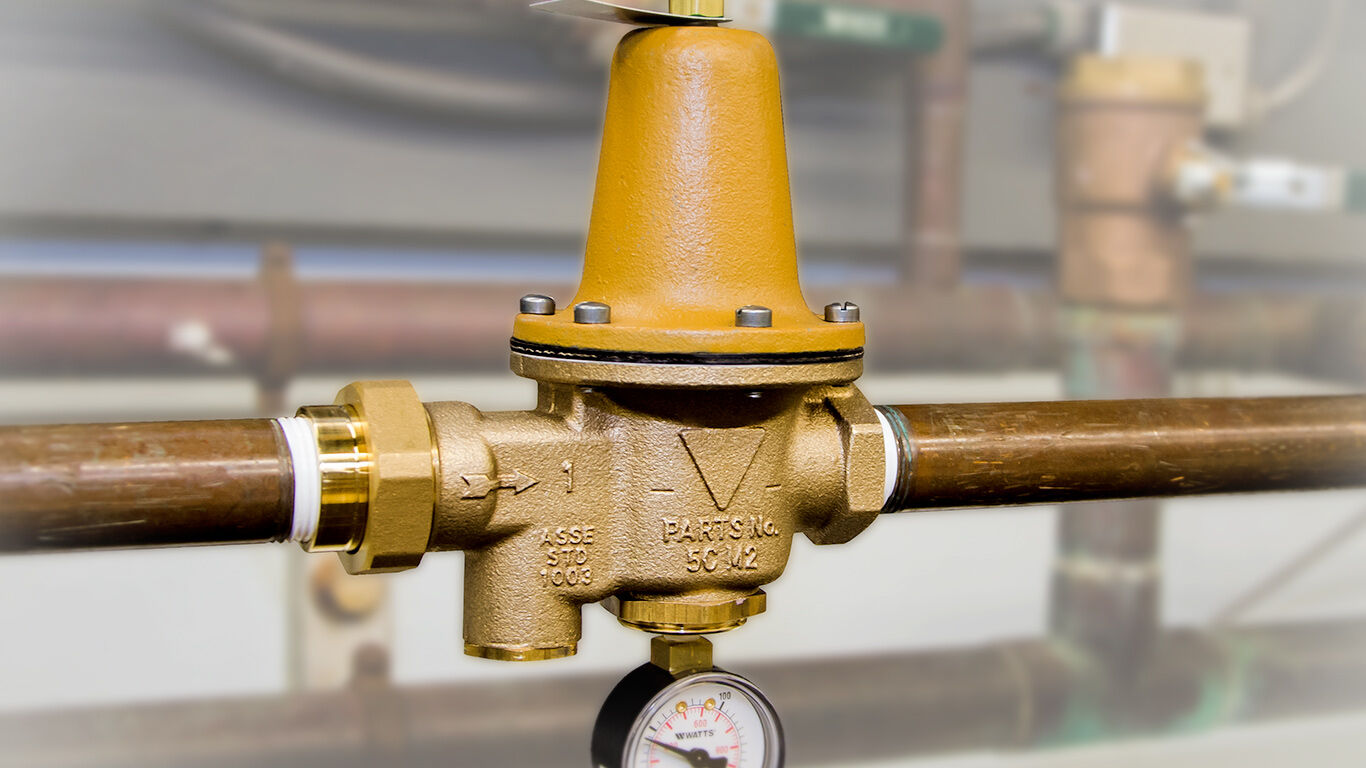

Articles
What Is A PRV Plumbing
Modified: August 27, 2024
Discover informative articles about PRV plumbing and learn what it is, how it works, and why it is essential for maintaining a well-functioning plumbing system. Gain valuable insights and expert tips.
(Many of the links in this article redirect to a specific reviewed product. Your purchase of these products through affiliate links helps to generate commission for Storables.com, at no extra cost. Learn more)
Introduction
In the world of plumbing, there are various essential components that help regulate water pressure and maintain the integrity of your plumbing system. One such component is the Pressure Reducing Valve (PRV) plumbing.
A PRV plumbing, also known as a pressure regulator valve or pressure control valve, is a vital device that ensures that the water pressure entering your home is within safe limits. It plays a crucial role in preventing excessive pressure, which can lead to leaks, burst pipes, damage to appliances, and other plumbing issues.
In this article, we will delve into the details of PRV plumbing – what it is, how it works, its importance, signs that you need one, benefits of installation, factors to consider, and maintenance tips. By the end, you’ll have a comprehensive understanding of PRV plumbing and its role in maintaining a healthy and efficient plumbing system.
Key Takeaways:
- Protect Your Plumbing System
Installing a PRV plumbing safeguards your plumbing from high water pressure, preventing leaks, burst pipes, and appliance damage. It conserves water, lowers energy consumption, and minimizes plumbing emergencies. - Signs You Need a PRV Plumbing
High water pressure, frequent leaks, inconsistent water pressure, high water bills, appliance wear, and plumbing repairs are signs that indicate the need for a PRV plumbing. Consult a professional plumber for assessment.
Read more: What Is Plumbing?
Definition of a PRV Plumbing
A Pressure Reducing Valve (PRV) plumbing is a device designed to regulate and control the water pressure in a plumbing system. It is typically installed at the point where the water supply enters a building or home. The primary function of a PRV plumbing is to reduce the high water pressure from the main water line to a safe and manageable level for distribution throughout the property.
PRV plumbing is comprised of a valve that is adjustable and equipped with a diaphragm or piston mechanism. When the water pressure exceeds a pre-set limit, the valve automatically reduces the pressure to the desired level. The valve essentially acts as a barrier, preventing excessive force from damaging the plumbing fixtures, pipes, and appliances in your home.
PRV plumbing is an essential component in areas where high water pressure is a common issue. Municipal water systems often supply water at higher pressures, and without a PRV plumbing, this excessive pressure can lead to a range of problems.
By installing a PRV plumbing, you can protect your plumbing system from the potential risks associated with high water pressure. It not only ensures the longevity and efficiency of your plumbing infrastructure but also helps prevent water waste and unnecessary expenses caused by leaks or pipe bursts.
It’s worth noting that PRV plumbing is different from a water pressure regulator, which is a similar component but is generally installed directly on the water meter rather than at the main water supply entry point.
How Does a PRV Plumbing Work?
A PRV plumbing works by reducing the high water pressure from the main water supply to a safe and consistent pressure level suitable for household use. Let’s take a closer look at the functioning of a PRV plumbing:
- Water Inlet: The PRV plumbing is installed at the point where the main water line enters your home or building. It is typically located near the water meter or at the main shut-off valve.
- Pressure Adjustment: The PRV plumbing features an adjustable valve mechanism, often controlled by a screw or knob. This valve allows you to set the desired pressure level by manually adjusting the position of the valve.
- Pressure Regulation: When the water pressure from the main supply exceeds the pre-set limit, the valve in the PRV plumbing begins to regulate the flow. It does this by restricting the amount of water that passes through, effectively reducing the pressure.
- Diaphragm or Piston Mechanism: Inside the PRV plumbing, you will find a diaphragm or piston mechanism that acts as the control device. When the water pressure exceeds the desired level, this mechanism responds to the excess pressure by either compressing the diaphragm or moving the piston.
- Water Flow: As the diaphragm or piston reacts to the excessive pressure, it restricts the water flow and reduces the pressure to the pre-set level. This ensures a consistent and safe water pressure throughout the plumbing system.
- Pressure Release: In the event that the pressure drops below the desired level, the PRV plumbing will allow more water to flow through, ensuring that the pressure remains stable and within the set range.
The exact mechanism of a PRV plumbing may vary depending on the specific design, but the overall concept remains the same – to limit excessive water pressure and safeguard the plumbing system.
It’s important to note that while a PRV plumbing can regulate and reduce the water pressure, it cannot increase the pressure beyond the level set manually. If you require higher water pressure for specific fixtures or appliances, additional devices such as booster pumps may be needed.
Importance of PRV Plumbing
The installation of a Pressure Reducing Valve (PRV) plumbing is crucial for maintaining the health and longevity of your plumbing system. Here are some key reasons why PRV plumbing is essential:
- Prevents Damage to Plumbing System: High water pressure can put excessive strain on your pipes, fixtures, and appliances. Over time, this stress can lead to leaks, bursts, and premature wear and tear. By reducing the water pressure to a safe level, a PRV plumbing prevents these issues, minimizing the risk of costly repairs and water damage.
- Protects Appliances: Appliances such as washing machines, dishwashers, and water heaters have recommended water pressure limits. If the pressure is too high, it can damage these appliances and result in decreased efficiency and a shortened lifespan. A PRV plumbing ensures that the water pressure remains within the appliance’s recommended range, preserving their functionality and extending their lifespan.
- Conserves Water: Excessive water pressure can cause wastage, as it can lead to leaks and inefficient water usage. By reducing the pressure to an appropriate level, a PRV plumbing helps conserve water and reduces your water bills.
- Increases Energy Efficiency: High water pressure requires more energy to pump and distribute water throughout your plumbing system. By lowering the pressure with a PRV plumbing, you can reduce energy consumption, resulting in lower energy bills and a more environmentally friendly home.
- Protects Against Water Hammer: Water hammer is a phenomenon that occurs when a sudden pressure surge or change in water flow causes pipes to vibrate or bang against each other. It can be damaging to your plumbing system and may lead to pipe dislodgment or even rupture. A PRV plumbing helps prevent water hammer by maintaining a steady and controlled water pressure.
- Ensures Consistent Water Pressure: By regulating the water pressure, a PRV plumbing ensures that you have consistent water flow and pressure throughout your home. This is especially important for tasks such as showering or washing dishes, where a sudden loss of pressure can be inconvenient or disruptive.
Overall, a PRV plumbing plays a vital role in protecting your plumbing system, appliances, and wallet. It provides peace of mind, knowing that your water pressure is at a safe level and that you are taking proactive measures to maintain the integrity of your plumbing infrastructure.
Signs That You Need a PRV Plumbing
Identifying the signs that indicate the need for a Pressure Reducing Valve (PRV) plumbing is important for maintaining the health of your plumbing system. Here are some common signs to look out for:
- High Water Pressure: If you notice that the water pressure in your home is consistently high, it could be an indication that you need a PRV plumbing. Signs of high water pressure include faucets that release water with excessive force, toilets that fill quickly and loudly, and pipes that make banging or vibrating noises when water is running.
- Frequent Leaks or Burst Pipes: Excessive water pressure can cause pipes to develop leaks or even burst due to the added stress. If you notice frequent leaks or have experienced burst pipes in the past, it is likely that your plumbing system is being subjected to high water pressure. Installing a PRV plumbing can help alleviate this issue and reduce the risk of future leaks or bursts.
- Inconsistent Water Pressure: If you have inconsistent water pressure throughout your home, with some fixtures experiencing high pressure while others have low pressure, it could be a sign of unregulated water pressure. A PRV plumbing can provide a more consistent water pressure, ensuring an even flow throughout your plumbing system.
- Unusually High Water Bills: Excessive water pressure can cause wastage and lead to higher water bills. If your water bills have been consistently higher than usual and you can’t attribute it to increased consumption, it could be a result of unregulated high water pressure. Installing a PRV plumbing can help conserve water and reduce your utility bills.
- Increased Wear and Tear on Appliances: Appliances that are exposed to high water pressure may exhibit signs of increased wear and tear, such as leaking seals, damaged pipes, or reduced efficiency. If you notice these issues with your appliances, it may be a sign that your water pressure needs to be controlled with a PRV plumbing.
- Frequent Plumbing Repairs: If you find yourself constantly calling plumbers for repairs due to leaks, burst pipes, or other plumbing issues, it could be an indication that high water pressure is putting excessive strain on your plumbing system. Installing a PRV plumbing can help reduce the frequency of such repairs, saving you time and money in the long run.
If you observe any of these signs in your home, it is advisable to consult a professional plumber to assess your water pressure and determine if the installation of a PRV plumbing is necessary. They can provide expert advice and ensure that your plumbing system operates at a safe and appropriate water pressure level.
A PRV (Pressure Reducing Valve) is a plumbing device that reduces the water pressure coming into a building from the main water supply. It helps protect the plumbing system and appliances from damage caused by high water pressure. Regular maintenance and testing of the PRV is important to ensure it is functioning properly.
Read more: What Are Fittings In Plumbing
Benefits of Installing a PRV Plumbing
Installing a Pressure Reducing Valve (PRV) plumbing in your home offers several significant benefits. Let’s explore the advantages of having a PRV plumbing system:
- Protects Your Plumbing System: One of the key benefits of a PRV plumbing is that it protects your plumbing system from the negative effects of high water pressure. By reducing the pressure to a safe and manageable level, it helps prevent leaks, burst pipes, and other plumbing emergencies that can cause extensive damage to your home.
- Preserves the Lifespan of Appliances: Appliances such as water heaters, washing machines, and dishwashers have recommended operating water pressure ranges. Excessive water pressure can not only damage these appliances but also shorten their lifespan. By installing a PRV plumbing, you can ensure that your appliances are exposed to the appropriate water pressure, extending their longevity and reducing the need for costly repairs or replacements.
- Reduces Water Waste: High water pressure can lead to wastage, as it can cause leaks, drips, and inefficient water usage. By regulating the pressure with a PRV plumbing, you can prevent unnecessary water waste, conserve this valuable resource, and contribute to a more sustainable environment.
- Lowers Energy Consumption: When your plumbing system operates at excessively high water pressure, it requires more energy to pump and distribute water throughout your home. By installing a PRV plumbing, you can reduce energy consumption, resulting in lower utility bills and a more energy-efficient household.
- Prevents Water Hammer: Water hammer is a phenomenon that occurs when sudden pressure surges or changes in water flow cause pipes to vibrate or make banging noises. It can be damaging to your plumbing system and disrupt your daily activities. A PRV plumbing helps regulate water pressure, reducing the likelihood of water hammer and maintaining a steady flow of water throughout your home.
- Ensures Consistent Water Pressure: With a PRV plumbing, you can enjoy consistent water pressure throughout your home. This means that you won’t experience sudden drops or increases in pressure while taking a shower or using other fixtures. Consistent water pressure enhances your overall comfort and convenience.
- Minimizes Plumbing Emergencies: By controlling water pressure and protecting your plumbing system, a PRV plumbing can significantly reduce the occurrence of plumbing emergencies. You’ll have peace of mind knowing that your home is safeguarded from costly water damage, leaks, and bursts.
Overall, installing a PRV plumbing offers numerous benefits in terms of protecting your plumbing system, preserving the lifespan of appliances, conserving water, reducing energy consumption, and enhancing your overall comfort and convenience. It is a worthwhile investment that can save you money in the long run and provide you with peace of mind.
Factors to Consider Before Installing a PRV Plumbing
Before installing a Pressure Reducing Valve (PRV) plumbing in your home, it’s important to consider several factors to ensure that you make the best decision for your plumbing system. Here are some key factors to keep in mind:
- Water Pressure: Start by assessing the water pressure in your home. Use a pressure gauge to measure the water pressure at different fixtures. If you consistently observe high water pressure above the recommended level (usually around 80 psi), installing a PRV plumbing is a wise choice.
- Flow Rate: Consider the flow rate of water needed for your household’s daily activities. If you have several family members using multiple fixtures simultaneously, you may require a higher flow rate for optimal performance. Ensure that the PRV plumbing you choose can meet the demands of your household while maintaining appropriate pressure levels.
- Plumbing System Condition: Assess the condition of your existing plumbing system. Check for any leaks, damaged pipes, or signs of wear and tear. If there are existing issues with your plumbing, it’s important to address them before installing a PRV plumbing to ensure maximum effectiveness and prevent further complications.
- Water Quality: Take into account the quality of water in your area. If you have hard water or water with high mineral content, it may affect the performance and longevity of your PRV plumbing. Consider installing additional water treatment systems or consult a professional plumber to determine the best approach for maintaining water quality and protecting your PRV plumbing.
- Professional Installation: Installing a PRV plumbing requires plumbing expertise. It’s essential to hire a licensed and experienced plumber to ensure proper installation. They will accurately assess your specific plumbing system, determine the optimal location for the PRV plumbing, and provide expert advice on the appropriate size and model for your needs.
- Budget Considerations: Evaluate your budget for the installation of a PRV plumbing. The cost may vary depending on factors such as the complexity of your plumbing system, the type of PRV plumbing chosen, and any additional plumbing modifications required. It’s important to strike a balance between quality and affordability to ensure a long-lasting and reliable PRV plumbing system.
- Maintenance Requirements: Consider the maintenance requirements of a PRV plumbing. While they generally require minimal maintenance, regular inspections and monitoring are still necessary to ensure optimal performance. Discuss maintenance recommendations with your plumber to establish a maintenance schedule and address any concerns you may have.
By considering these factors before installing a PRV plumbing, you can make an informed decision that aligns with your specific plumbing needs and ensures the long-term effectiveness of the system.
How to Install a PRV Plumbing
Installing a Pressure Reducing Valve (PRV) plumbing requires precision and expertise to ensure its functionality and effectiveness. It is highly recommended to hire a licensed plumber to handle the installation process. However, here is a general overview of how a PRV plumbing is typically installed:
- Shut off the Main Water Supply: Begin by shutting off the main water supply to your home. Locate the main shut-off valve and turn it clockwise to stop the flow of water. This step is crucial for your safety and to prevent any water leakage during the installation.
- Locate the Suitable Installation Point: Determine the appropriate location for installing the PRV plumbing. It is typically installed near the water meter or the main shut-off valve. Ensure that there is enough space and clearance for the PRV plumbing to be easily accessible for maintenance and adjustments.
- Prepare the Pipes: Cut the main water supply pipe where you intend to install the PRV plumbing. Use a pipe cutter to make a clean cut and ensure that the ends of the pipes are smooth and free from debris or burrs. Deburr the pipe ends using a deburring tool or sandpaper.
- Install the PRV Plumbing: Connect the PRV plumbing to the cut ends of the pipes. Use appropriate fittings and secure them tightly using plumbers tape or pipe joint compound to prevent any leaks. Follow the manufacturer’s instructions for the specific PRV plumbing model you are installing.
- Connect the Pressure Gauge: Install a pressure gauge downstream of the PRV plumbing to monitor and adjust the pressure as needed. This gauge will help ensure that the pressure is regulated within the desired range.
- Test for Leaks: Once the PRV plumbing is installed, gradually open the main water supply valve to allow water to flow through the pipes. Inspect the connections and joints for any signs of leaks. If you notice any leaks, immediately shut off the water supply and tighten the connections further. Repeat this step until there are no leaks.
- Adjust the Pressure: Use the adjustment screw or knob on the PRV plumbing to set the desired water pressure level. Start with a lower pressure setting and gradually increase it while monitoring the flow rate and pressure gauge reading. Refer to the manufacturer’s instructions for the specific adjustment procedures for your PRV plumbing model.
- Final Checks: Once the PRV plumbing is installed and the pressure is adjusted, conduct a final check to ensure that everything is functioning properly. Verify that the water pressure remains stable, and all fixtures are working efficiently without any signs of high or low pressure.
Remember, it is crucial to consult a professional plumber for the installation of a PRV plumbing. They have the necessary expertise to handle the installation process accurately and ensure the optimal performance of your plumbing system.
Maintenance Tips for PRV Plumbing
To ensure the optimal performance and longevity of your Pressure Reducing Valve (PRV) plumbing, regular maintenance is essential. Here are some maintenance tips to follow:
- Monitor Pressure: Keep an eye on the water pressure in your home. Periodically check the pressure gauge downstream of the PRV plumbing to ensure that the pressure is within the desired range. If you notice any sudden changes or inconsistent pressure, it may indicate a problem with the PRV plumbing that requires attention.
- Inspect for Leaks: Regularly inspect the connections and joints of the PRV plumbing for any signs of leaks. Check for water drips or wet areas around the fittings. If you notice any leaks, take immediate action to fix them by tightening the connections or replacing faulty parts.
- Clean Sediment and Debris: Over time, sediment and debris can accumulate in the PRV plumbing, affecting its performance. Periodically clean the PRV plumbing and its components to remove any built-up sediment. This can be done by carefully disassembling the valve, cleaning it with water and a brush, and reassembling it according to the manufacturer’s instructions.
- Protect from Freezing: In areas where freezing temperatures occur, it is crucial to protect the PRV plumbing from freezing. Insulate the PRV plumbing and adjacent pipes with insulation sleeves or wraps to prevent freezing and potential damage. Additionally, ensure that the area is properly heated to maintain a safe temperature.
- Annual Inspection: Schedule an annual inspection of your PRV plumbing by a professional plumber. They will thoroughly examine the PRV plumbing for any signs of wear and tear, leaks, or other issues. They can also perform any necessary adjustments, replacements, or repairs to keep the PRV plumbing in optimal condition.
- Adjust as Needed: If you experience changes in water pressure or notice that the pressure is consistently too high or too low, it may be necessary to make adjustments to the PRV plumbing. Consult the manufacturer’s instructions or a professional plumber to ensure proper adjustments are made. Avoid making unauthorized adjustments without proper knowledge, as this can lead to further issues.
- Regular Plumbing Maintenance: Along with maintaining the PRV plumbing, it is important to follow standard plumbing maintenance practices. This includes keeping drains clear, addressing leaks promptly, and using water-efficient fixtures to minimize strain on the entire plumbing system.
By following these maintenance tips, you can ensure that your PRV plumbing remains in optimal condition, providing reliable pressure regulation and protecting your plumbing system from potential issues and damage.
Read more: What Is A Spud In Plumbing
Conclusion
A Pressure Reducing Valve (PRV) plumbing is an essential component in maintaining a healthy and efficient plumbing system. It regulates the water pressure entering your home, protecting your plumbing infrastructure, appliances, and wallet from the potential risks associated with high water pressure.
In this article, we covered the definition of a PRV plumbing and how it works to reduce excessive water pressure. We explored the importance of installing a PRV plumbing, including its role in preventing damage to the plumbing system, preserving the lifespan of appliances, conserving water, and reducing energy consumption.
We discussed the signs that indicate the need for a PRV plumbing, such as high water pressure, frequent leaks or bursts, inconsistent water pressure, unusually high water bills, increased wear and tear on appliances, and frequent plumbing repairs.
We also highlighted the benefits of installing a PRV plumbing, including protecting the plumbing system, preserving the lifespan of appliances, conserving water, lowering energy consumption, preventing water hammer, ensuring consistent water pressure, and minimizing plumbing emergencies.
Furthermore, we emphasized the factors to consider before installing a PRV plumbing, such as water pressure, flow rate, plumbing system condition, water quality, professional installation, budget considerations, and maintenance requirements.
To help you understand the installation process, we provided a general overview of how to install a PRV plumbing. However, it is strongly recommended to consult a licensed plumber for the installation to ensure accuracy and proper functioning.
Lastly, we discussed the importance of regular maintenance for PRV plumbing, including monitoring pressure, inspecting for leaks, cleaning sediment and debris, protecting it from freezing, scheduling annual inspections, making necessary adjustments, and following standard plumbing maintenance practices.
In conclusion, a PRV plumbing is a valuable addition to your plumbing system, offering numerous benefits and protection. By understanding its significance, recognizing the signs that indicate its need, and following proper installation and maintenance practices, you can ensure a reliable and efficient plumbing system for years to come.
Frequently Asked Questions about What Is A PRV Plumbing
Was this page helpful?
At Storables.com, we guarantee accurate and reliable information. Our content, validated by Expert Board Contributors, is crafted following stringent Editorial Policies. We're committed to providing you with well-researched, expert-backed insights for all your informational needs.
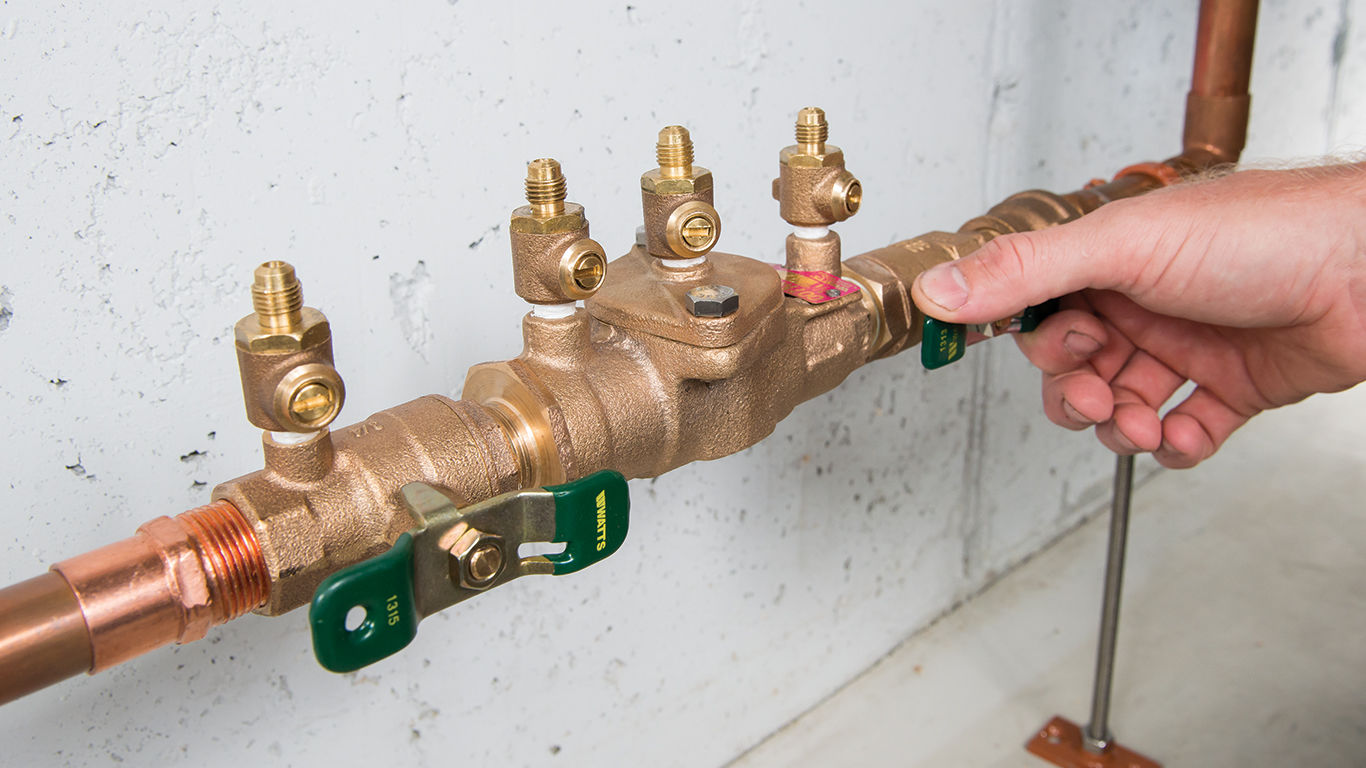
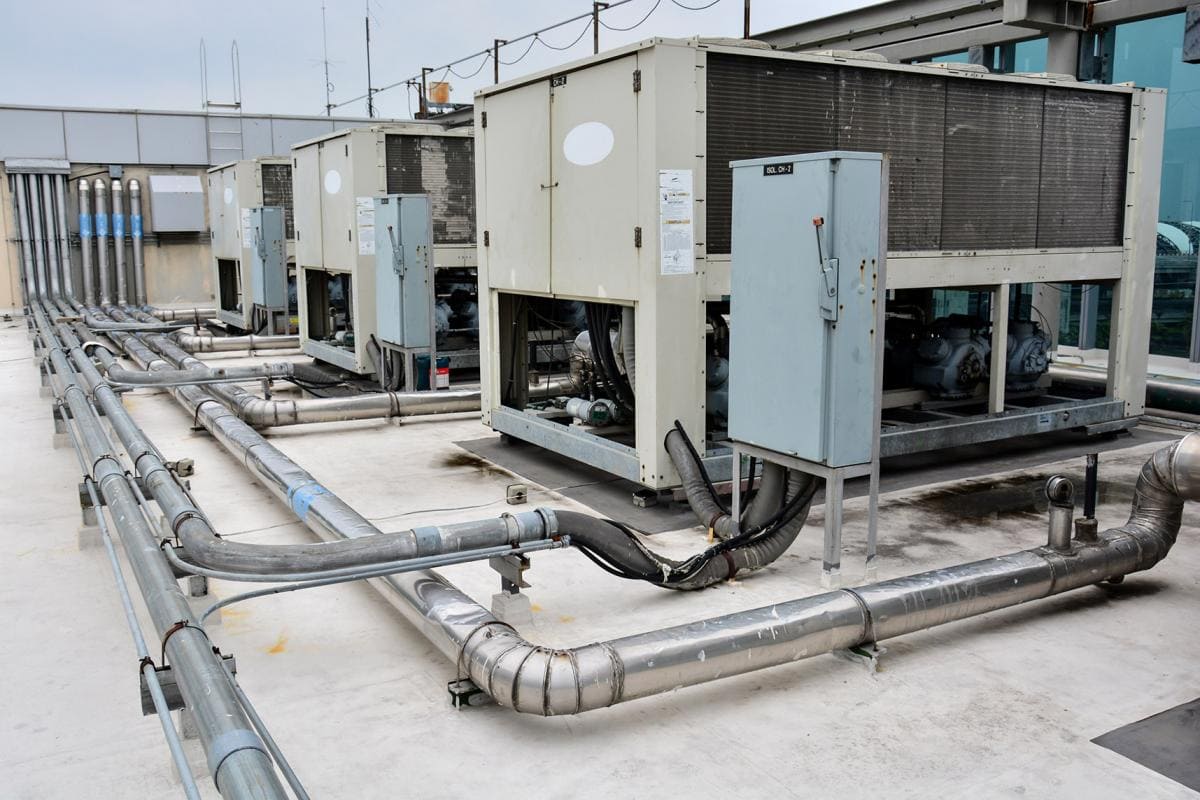
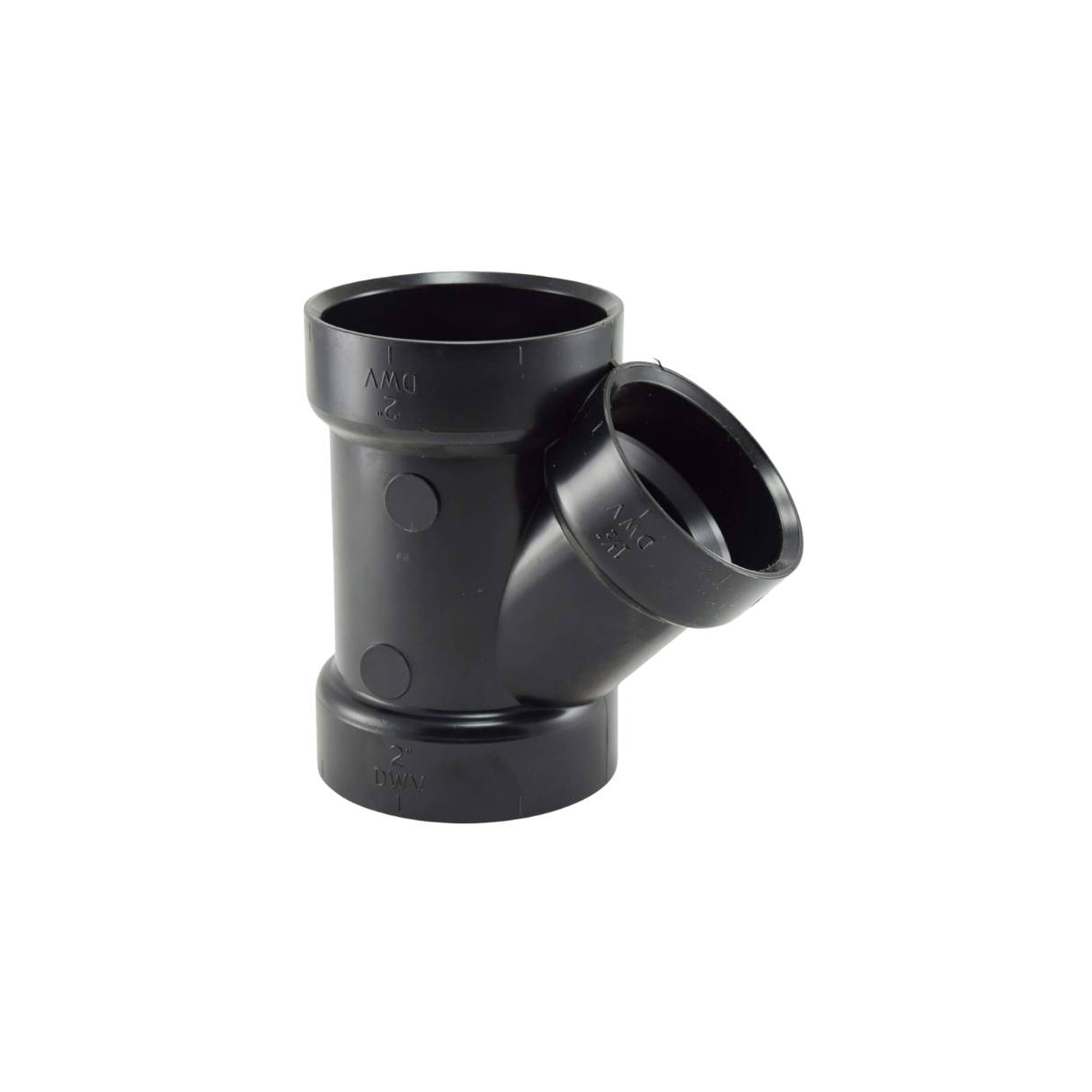
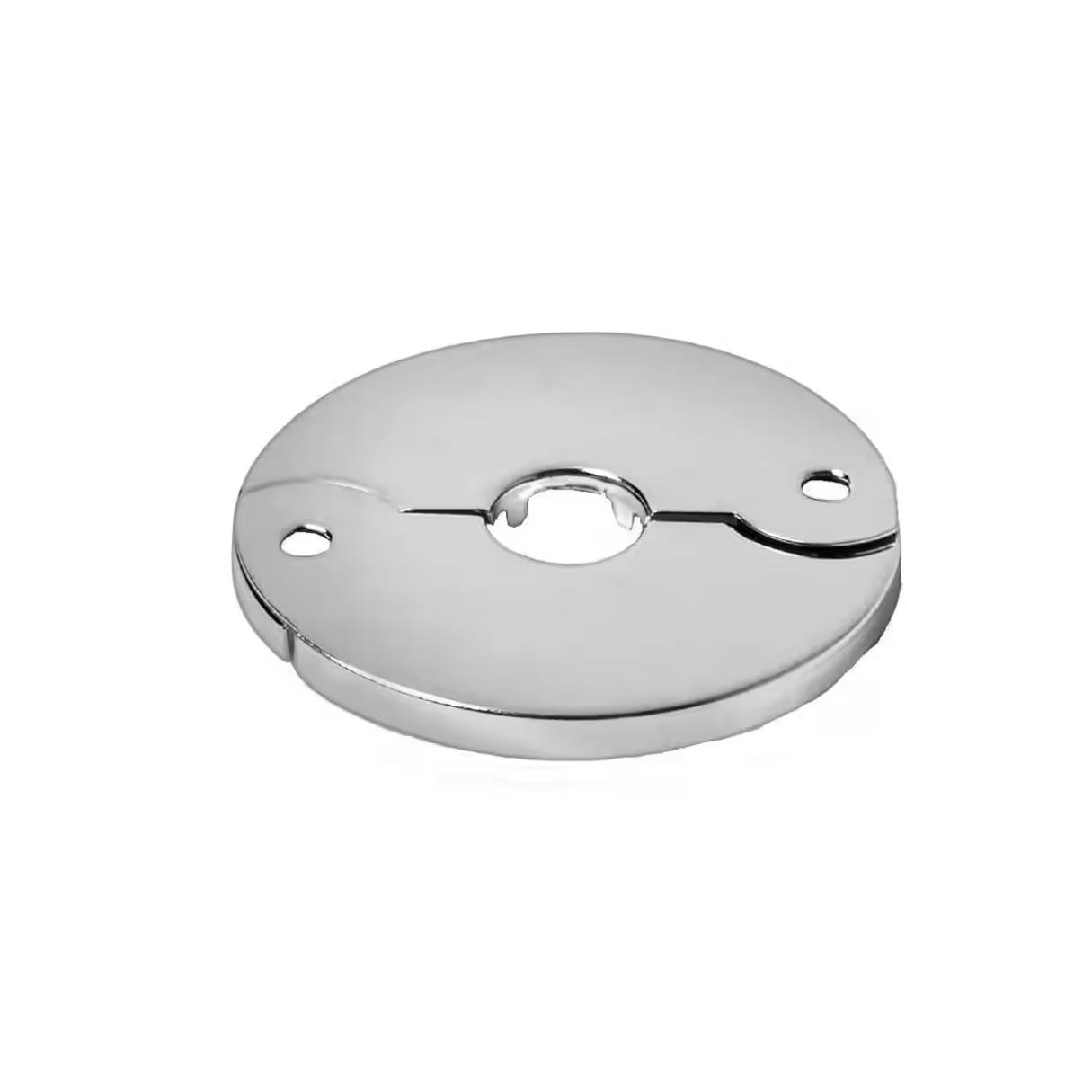
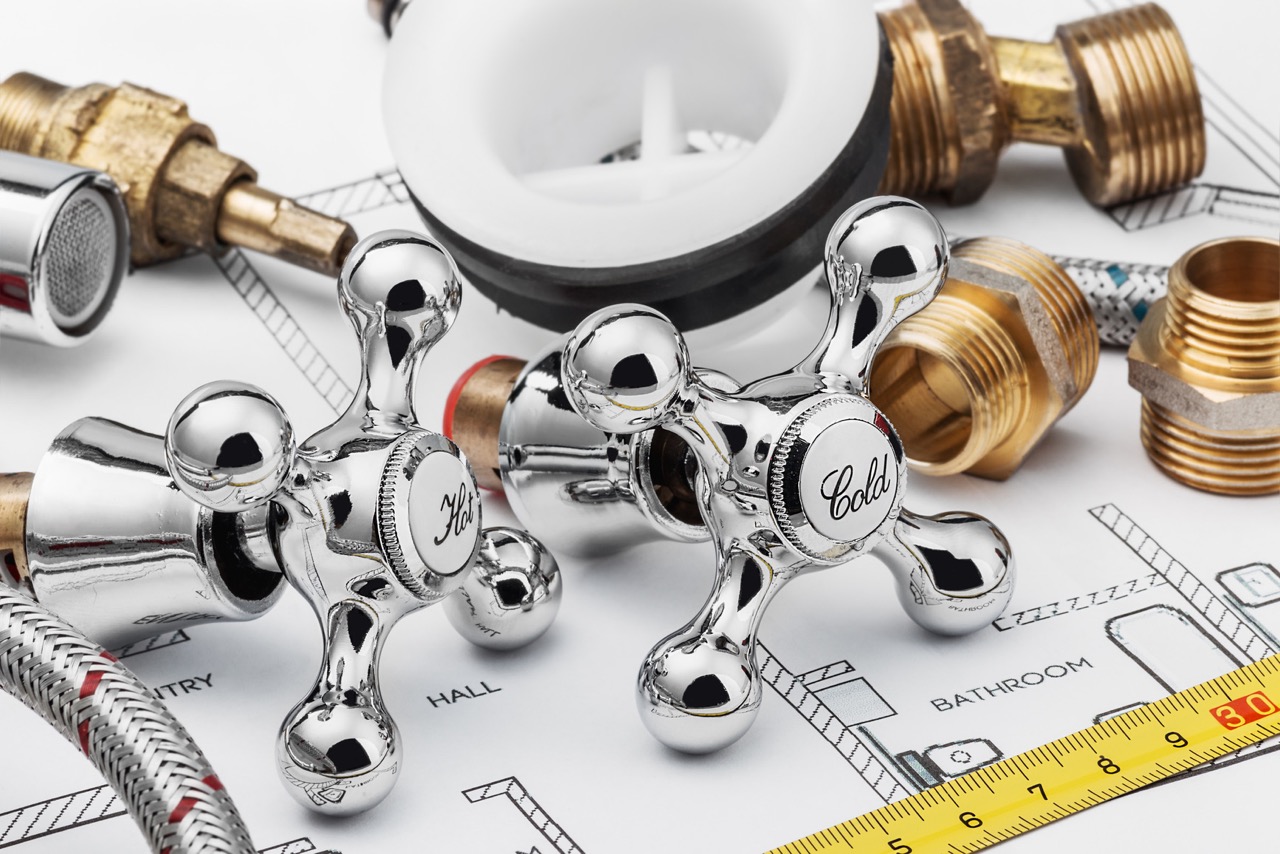
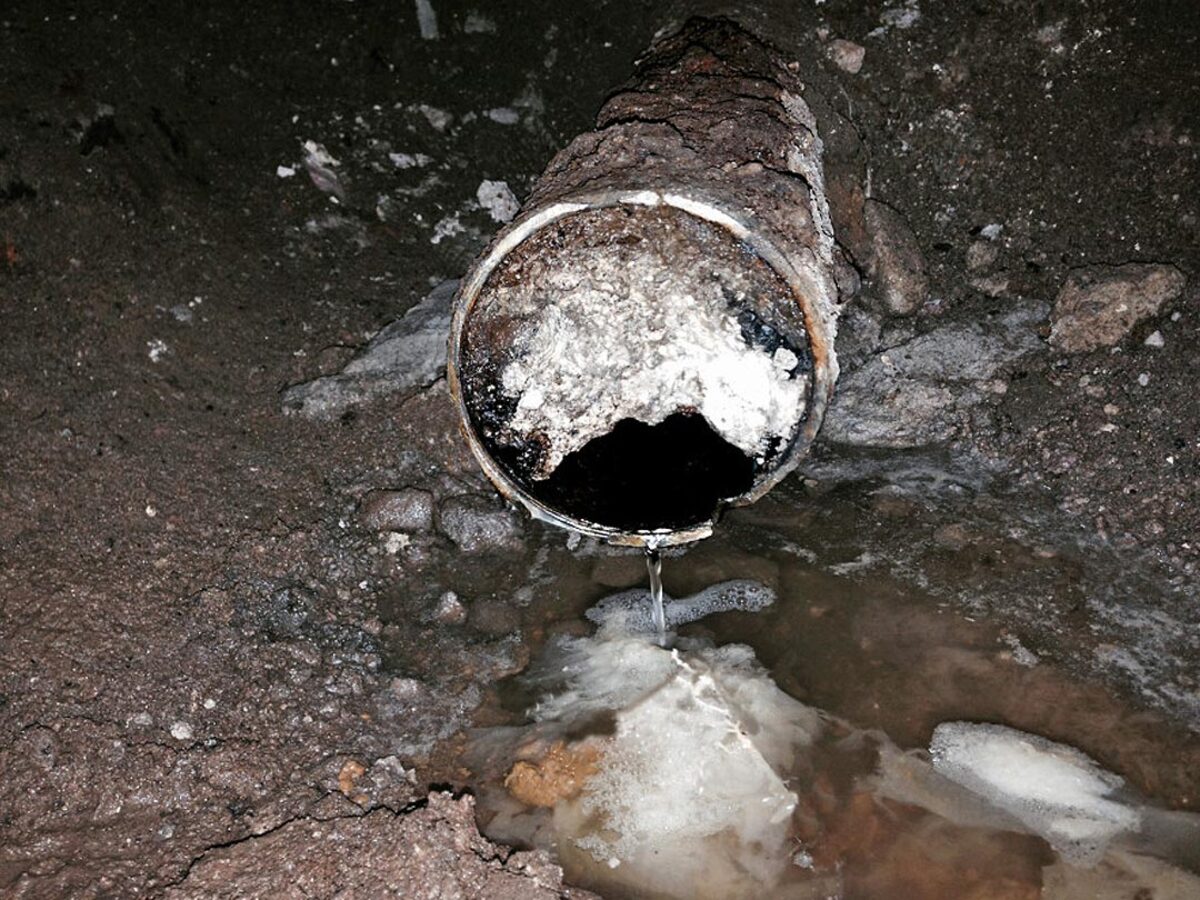
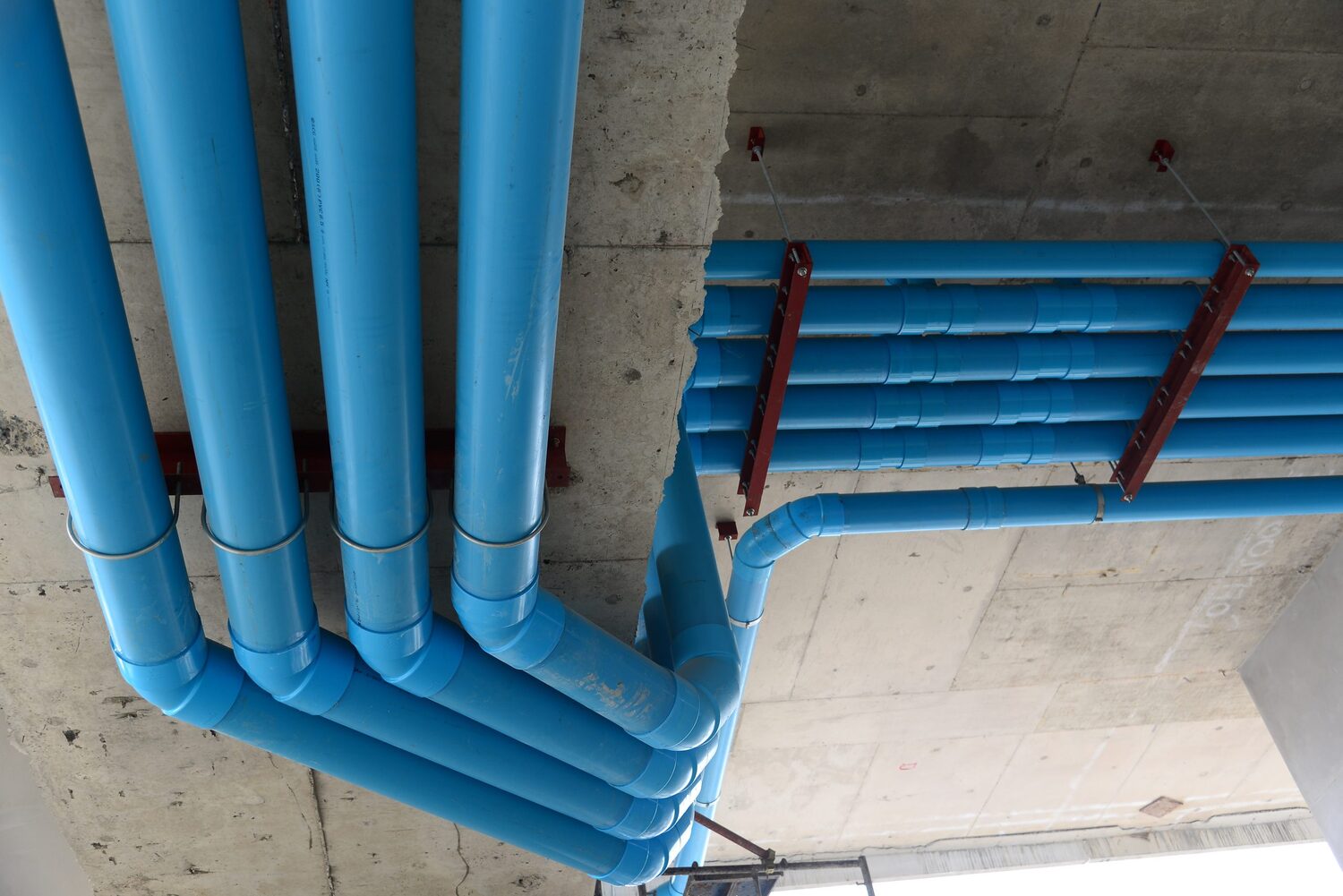
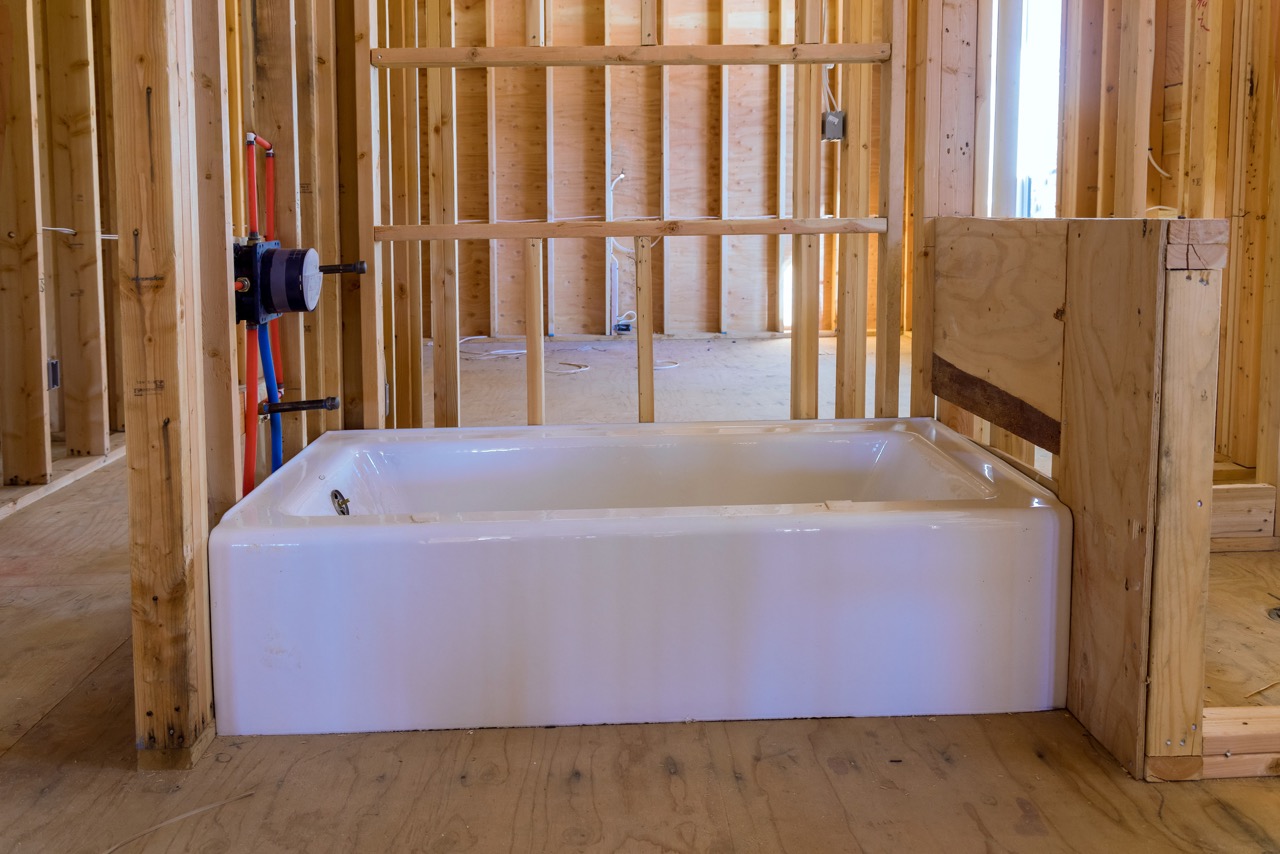
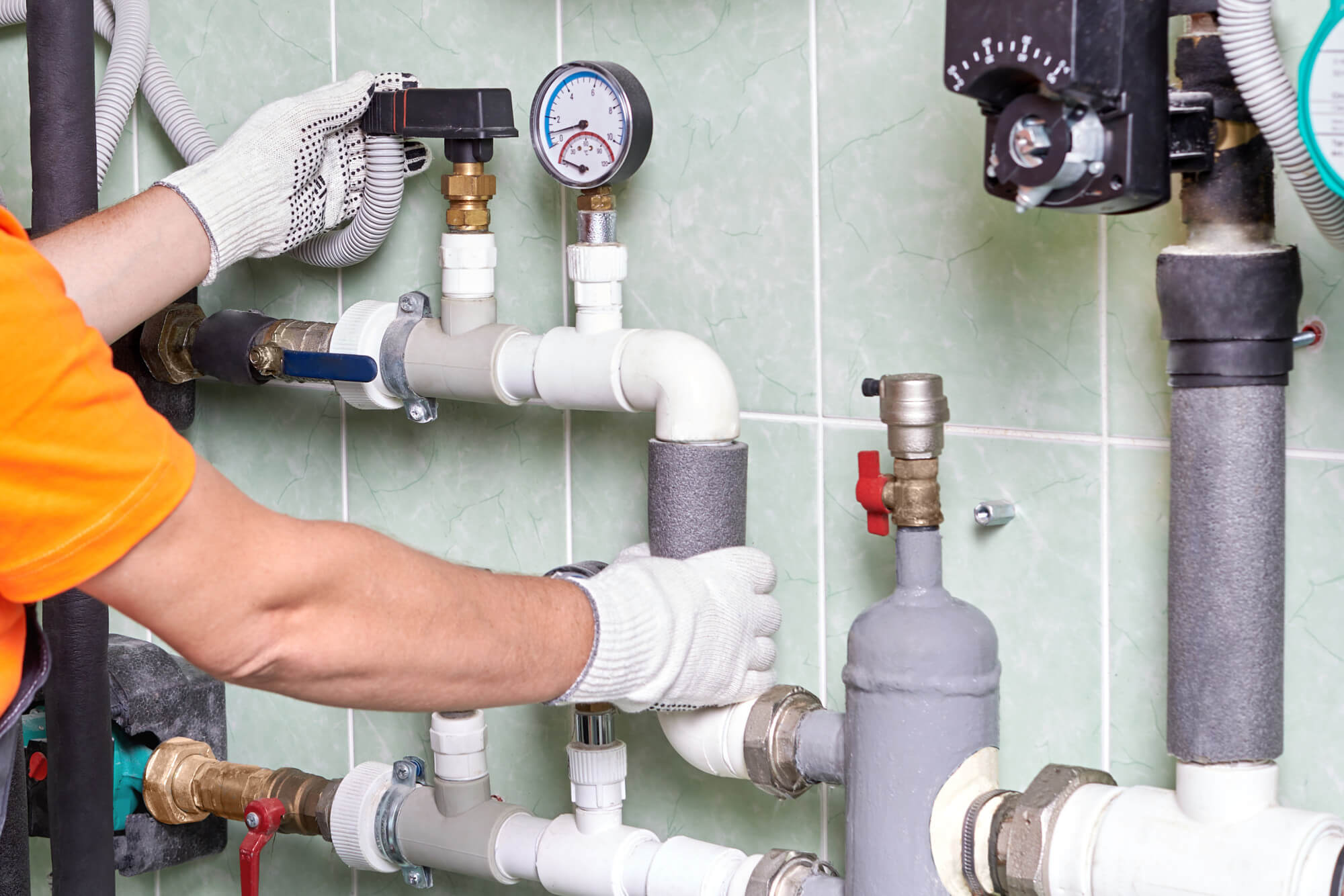
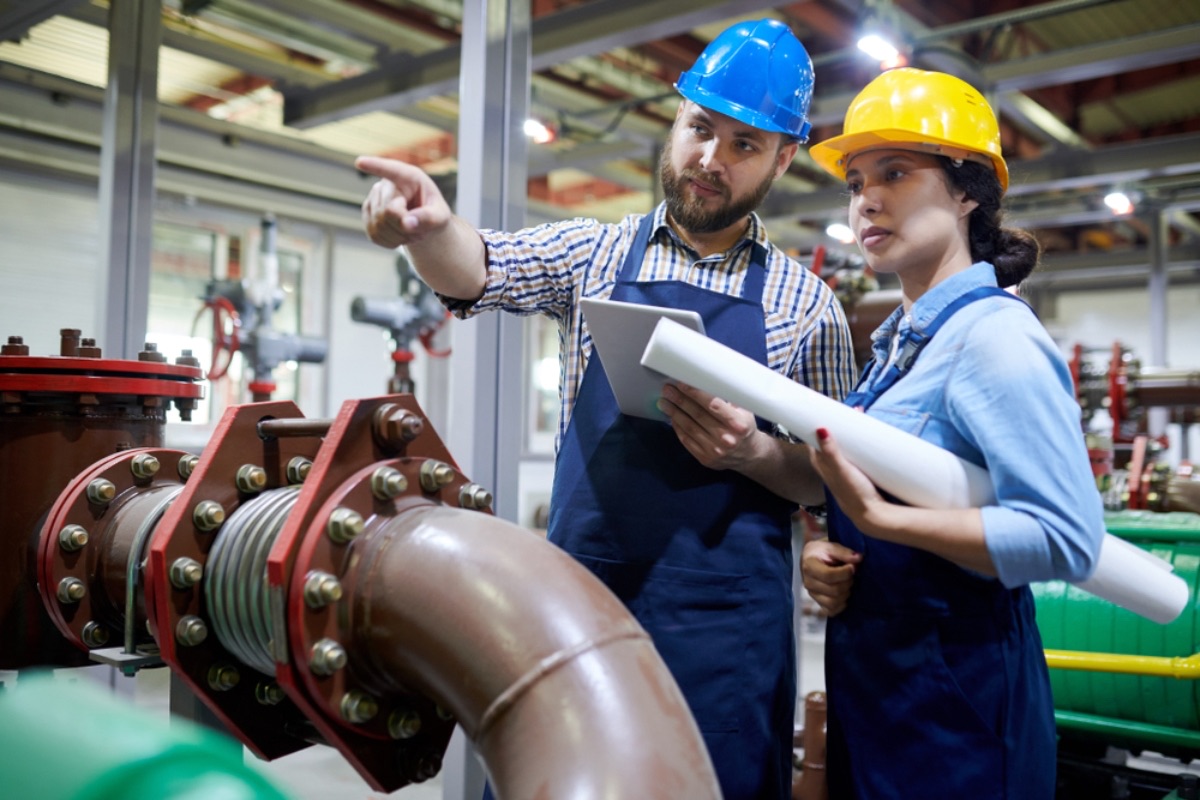
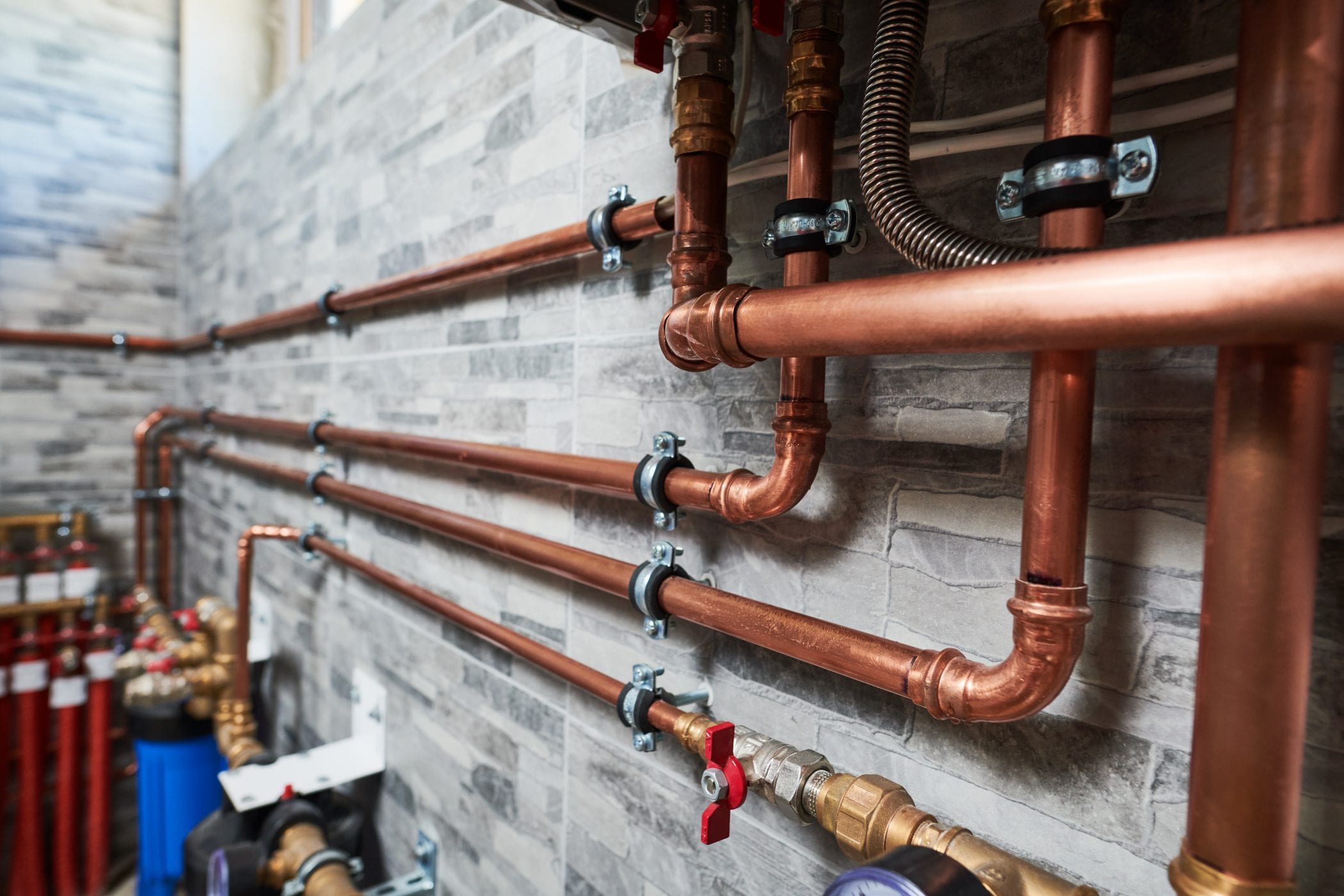

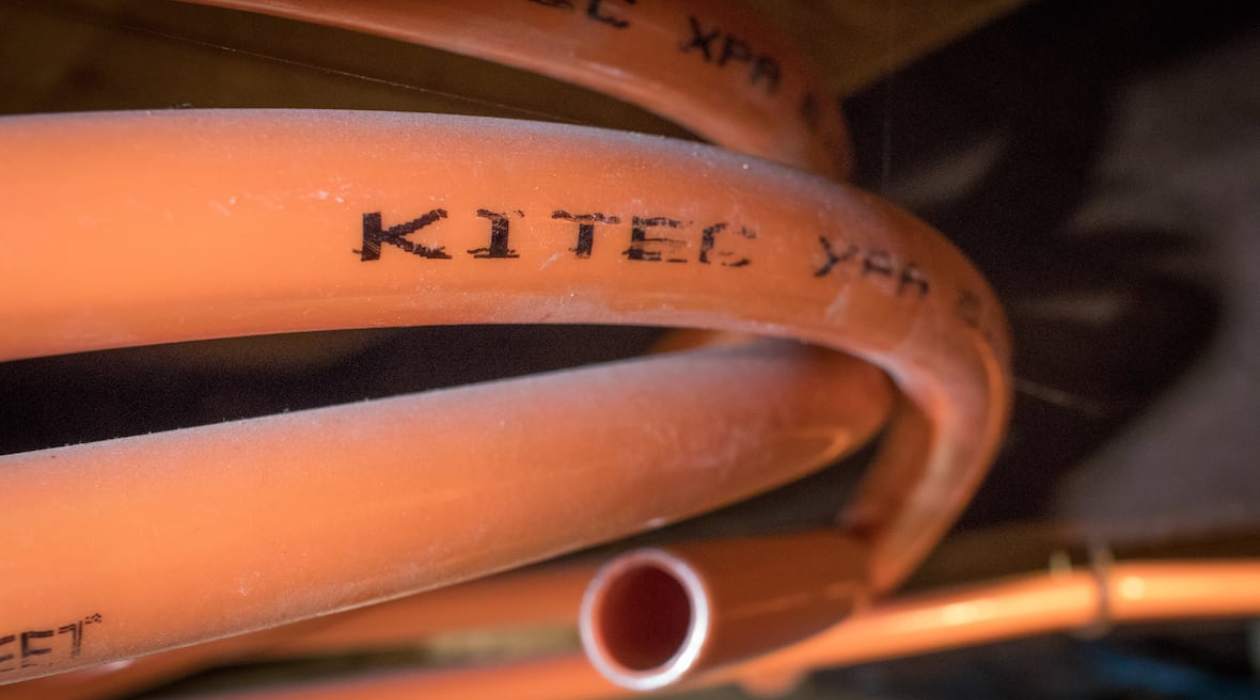

0 thoughts on “What Is A PRV Plumbing”